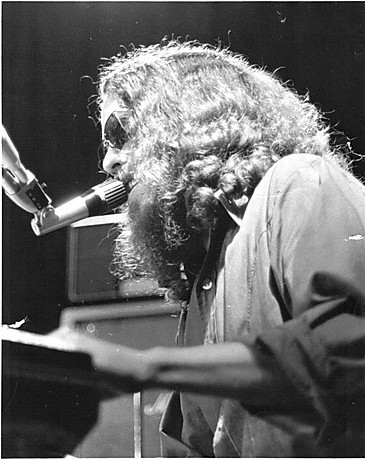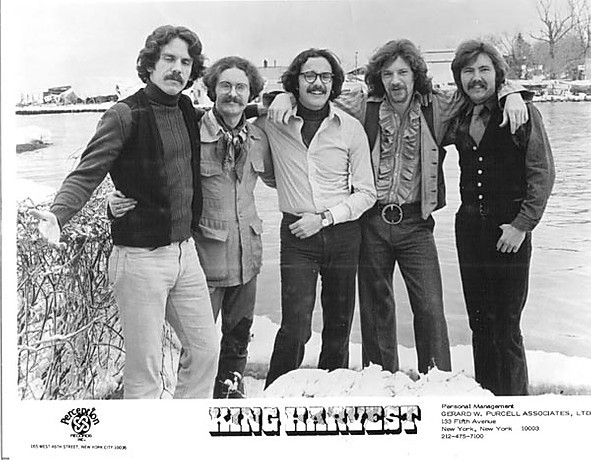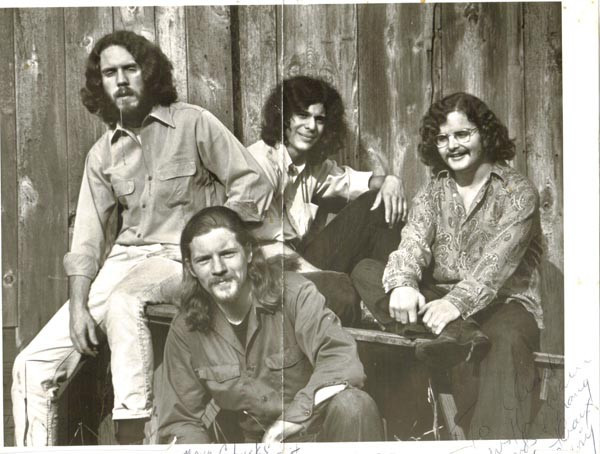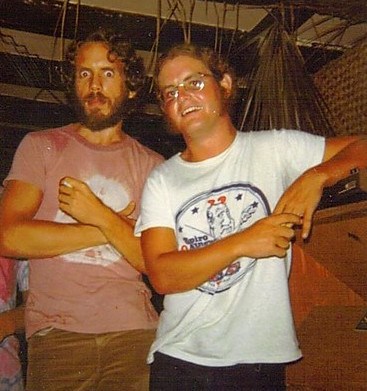The concert weekend I had eagerly anticipated, featuring Pure Prairie League, Poco, and Orleans, was unfortunately canceled due to the COVID-19 pandemic. Like many in early May 2020, the return of live music remained uncertain. In anticipation of the show, I immersed myself in YouTube videos of these bands, particularly drawn to Orleans’ rendition of the classic King Harvest song, “Dancing in the Moonlight.”
This Sherman Kelly composition has long resonated with me as a quintessential tune of the 1970s. Upon its release on July 9, 1972, “Dancing in the Moonlight” became a significant hit for King Harvest, achieving notable positions on music charts, including No. 10 on the Cash Box Top 100, No. 13 on the Billboard Hot 100, and No. 22 on the Billboard Easy Listening chart.
While exploring YouTube comments, I was surprised to find a recent comment from Sherman Kelly himself on an Orleans video of “Dancing in the Moonlight.” This discovery sparked my journalistic curiosity. Driven by a passion for the narratives behind song creation, the core of my “Vinyl Dialogues” book series, I immediately sought to interview Sherman Kelly. My aim was to uncover the fascinating story behind the creation of “Dancing in the Moonlight.” To my delight, he agreed, and the story he shared was truly remarkable.
 Sherman Kelly in his 1970s onstage persona, embodying the energy of live performance
Sherman Kelly in his 1970s onstage persona, embodying the energy of live performance
A Night in St. Croix and a Traumatic Encounter
In 1969, Sherman Kelly and friends managed a nightclub in St. Thomas, Virgin Islands. An impromptu day trip to St. Croix on a rented yacht took an unexpected turn when Kelly and his girlfriend succumbed to severe seasickness during the voyage.
Upon reaching St. Croix, while others sought dinner, Kelly and his girlfriend, still unwell, opted out. The group planned to return to the yacht for the night, but the swaying mast in the harbor deterred the still seasick couple. They decided to find lodging in town.
However, disaster struck when Kelly realized his wallet was back on the yacht, leaving him penniless. At a small inn, they explained their predicament, promising payment in the morning. The innkeeper’s repulsive proposition – accommodation in exchange for the girlfriend’s favors – forced them to seek alternatives.
Rejected at a second inn, Kelly’s girlfriend suggested, “It’s a beautiful night. Why don’t we just stretch out on the beach?” This seemingly romantic notion quickly devolved into a nightmare.
 King Harvest band members in 1972, the year their version of "Dancing in the Moonlight" soared in popularity
King Harvest band members in 1972, the year their version of "Dancing in the Moonlight" soared in popularity
Assault and Inspiration: The Genesis of a Dreamy Ballad
What followed was pieced together from fragmented memories and accounts. Sleeping on the beach, Kelly and his girlfriend became victims of a brutal St. Croix street gang. Kelly endured a severe beating with baseball bats by five members, while his girlfriend was assaulted. In a moment of resurgence, Kelly regained consciousness and fought back, creating enough disturbance to repel the attackers.
Barely conscious, they followed shoreline lights to St. Croix’s only hospital, unknowingly becoming among the first victims of the infamous Fountain Valley Gang, notorious for the 1972 murders of tourists that devastated St. Croix’s tourism industry for years.
Kelly recounted his harrowing hospital experience: “I woke up to the sound of my hospital roommate screaming in pain… Finally the screaming stopped and I heard two doctors talking about him. ‘That’s it, he’s gone,’ said one doctor about the other patient. ‘What about him, you think he’s gonna make it?’ And the other doctor said, ‘No, I doubt it.’ I realized they were talking about me.”
Against grim prognoses, Kelly survived. After days in the St. Croix hospital, he returned to St. Thomas to recuperate, eventually returning to New York for further medical treatment to repair his facial injuries.
Back home in Ithaca, New York, still suffering, Kelly found solace in songwriting. During this convalescent period, he started drafting verses that would evolve into the lyrics of “Dancing in the Moonlight.”
“I envisioned an alternate reality, the dream of a peaceful and joyous celebration of life. It was just me imagining a better world than the one I had just experienced in St. Croix,” Kelly explained. An unspeakable trauma became the unlikely catalyst for a song celebrating joy and peace under the moonlight.
“It was amazing. People liked the song right from the start. I liked it, but I wouldn’t have predicted that it would become a big hit,” Kelly reflected.
 Boffalongo band photo from around 1970, capturing their early musical collaborations
Boffalongo band photo from around 1970, capturing their early musical collaborations
From Boffalongo to King Harvest and Orleans: The Song’s Journey
King Harvest wasn’t the first to record “Dancing in the Moonlight.” In 1970, Kelly joined Boffalongo with his brother Wells Kelly, Larry Hoppen, Dave “Doc” Robinson, and Peter Giansante. “Dancing in the Moonlight” appeared on Boffalongo’s 1970 album “Beyond Your Head,” featuring Sherman Kelly on vocals and Larry Hoppen on lead guitar. Despite Kelly’s self-critique of his vocal performance, this version became a regional hit.
“The first time I was in a recording studio for that version, we had these producers who thought it was a good idea to give me cocaine. That was probably the worst idea,” Kelly admitted, describing a chaotic recording session that compromised his vocal quality.
Another 1970 recording by High Broom on Island Records failed to chart. After Boffalongo’s disbandment, Wells Kelly joined King Harvest, fronted by former Boffalongo member Doc Robinson. Wells introduced “Dancing in the Moonlight” to King Harvest.
King Harvest’s rendition, with Robinson on lead vocals, became the hit. Sherman Kelly joined them on tour in 1972, providing harmonies while Robinson sang lead. Kelly humorously recalled a critic’s remark: “‘As a singer, Sherman Kelly is not too bad of a songwriter.'”
However, road life wasn’t for Kelly. He left King Harvest after one tour. Wells Kelly later reunited with John Hall and Larry Hoppen to form Orleans, who also recorded “Dancing in the Moonlight,” ensuring the song’s continued presence in their repertoire to this day.
 Sherman Kelly and Larry Hoppen pictured together, highlighting their long musical association
Sherman Kelly and Larry Hoppen pictured together, highlighting their long musical association
Beyond Moonlight: Kelly’s Life and Legacy
Sherman Kelly, a Cornell University graduate with degrees in psychology and English, pursued further studies in Paris, Switzerland, and New York before his songwriting success.
Following his brother Wells Kelly’s tragic death in 1984, Sherman stepped away from music, earning a master’s in social work and psychotherapy, working as a psychotherapist until retirement.
In 2008, he released “Burnin’ the Candle,” featuring collaborations with his late brother. In 2000, Toploader’s cover of “Dancing in the Moonlight” became another hit, further cementing the song’s iconic status. The song has also been featured in films, television, and video games, including “Guardians of the Galaxy: The Telltale Signs” in 2017.
From a violent night under the St. Croix moonlight to a globally beloved song, the journey of “Dancing in the Moonlight” is a testament to the power of transforming personal trauma into enduring art, a song that continues to evoke joy and peaceful reverie under the imagined moonlight for generations.

